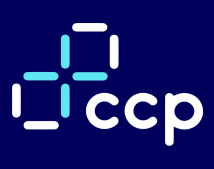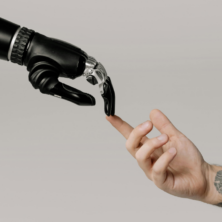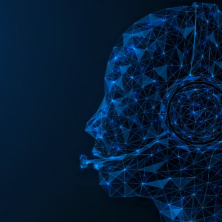
Organisations that have adopted AI in their contact centres have often seen significant improvements, such as halved response times, 40–70% operational cost reductions, and increased contact handling capacity. However, as some partners have noted in their recent engagements with members of the the CCP team, these gains can be followed by a flattening curve and then a performance dip, if not implemented correctly.
We have revisited our February 2025 whitepaper, ’2025: A Year of Difficult Conversations’, in which we explored how AI, automation, and digital transformation would drive new operational and ethical challenges in customer contact. We previously highlighted the tension between cost optimisation, customer experience, and why thoughtful project governance will be required.
We thought it would be good to consider what may have changed and what lessons should be revisited.
Six months of continued observation and implementation across the market have revealed risks that automation without the appropriate planning and controls can have on your future operating model are more nuanced. While short-term AI gains are impressive, traditional approaches may erode long-term value through burnout, agent attrition, and customer dissatisfaction. This is the ‘AI Paradox’: the risk that productivity gains today may fuel tomorrow’s operational decline.
Beneath the surface, a gradual yet detrimental erosion of the human layer is occurring. Collaborating with AI often leads to front-line staff experiencing reduced recovery time, increased complexity in remaining ‘manual’ queries, and escalating customer expectations. Without adjustments to team structure, support, or metrics, burnout becomes a growing threat.
This productivity half-life, a period where efficiency peaks and subsequently declines due to human strain, is no longer merely a theoretical risk. Businesses are starting to witness this AI-driven degradation in tangible figures: within 18 months of implementing traditional AI, attrition rates rise by 65%, customer satisfaction scores decline by 20-30%, and agent engagement scores fall concurrently as the technology matures.
Agentic AI presents a more sustainable alternative. Instead of perceiving AI as a replacement for human input, CCP’s partners are illustrating how task-completing AI agents can alleviate the burden on agents, facilitate judgment-free conversations, and ensure capacity for the most significant human interactions when needed. Consequently, it not only yields improved outcomes for customers but also contributes to enhanced retention, reduced training expenses, and a more resilient workforce.
Mitigating the AI Burnout Trap: Lessons from the Last Six Months
- Implement phased AI rollouts with human impact measures.
- Adopt agentic AI that empowers humans, preserving judgment for complex cases.
- Shift success metrics from AHT to FCR, CSAT, and agent engagement.
- Involve agents in AI workflow design and iteration.
- Regularly audit the AI-human balance: check whether tech amplifies or exhausts people?
- Track attrition, training costs, and productivity when calculating your ROI.
- Lead with transparency and ethics when deploying conversational automation.
Make certain you are on the right course
In short: if your AI roadmap doesn’t include agent wellbeing, then you’re building in risk. Efficiency must be sustainable, not just measurable.
Six months on, the market is beginning to learn this the hard way. The good news? There’s still time to course-correct. The AI paradox isn’t inevitable it’s just the result of decisions made without the full picture.
If you’d like to discuss in more detail how you can leverage the experience of our team and our partners, then feel free to contact us.




